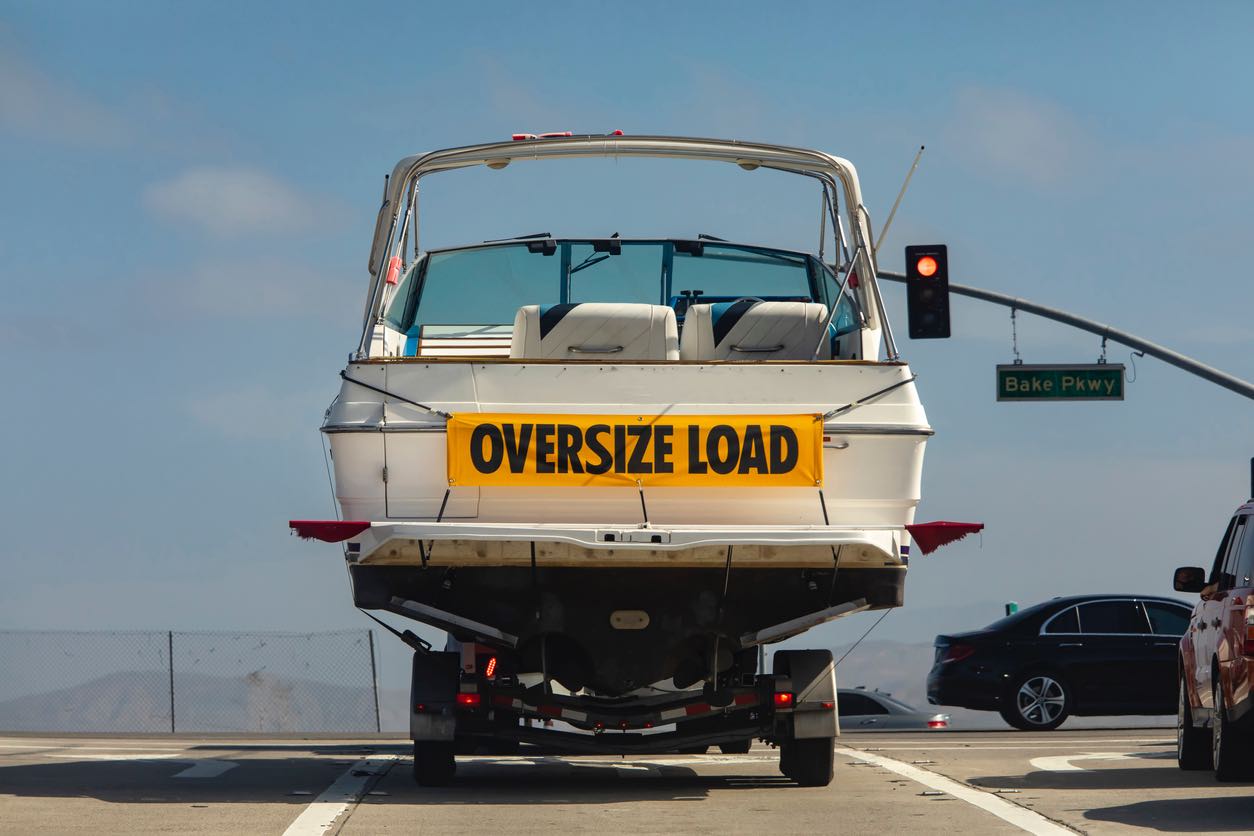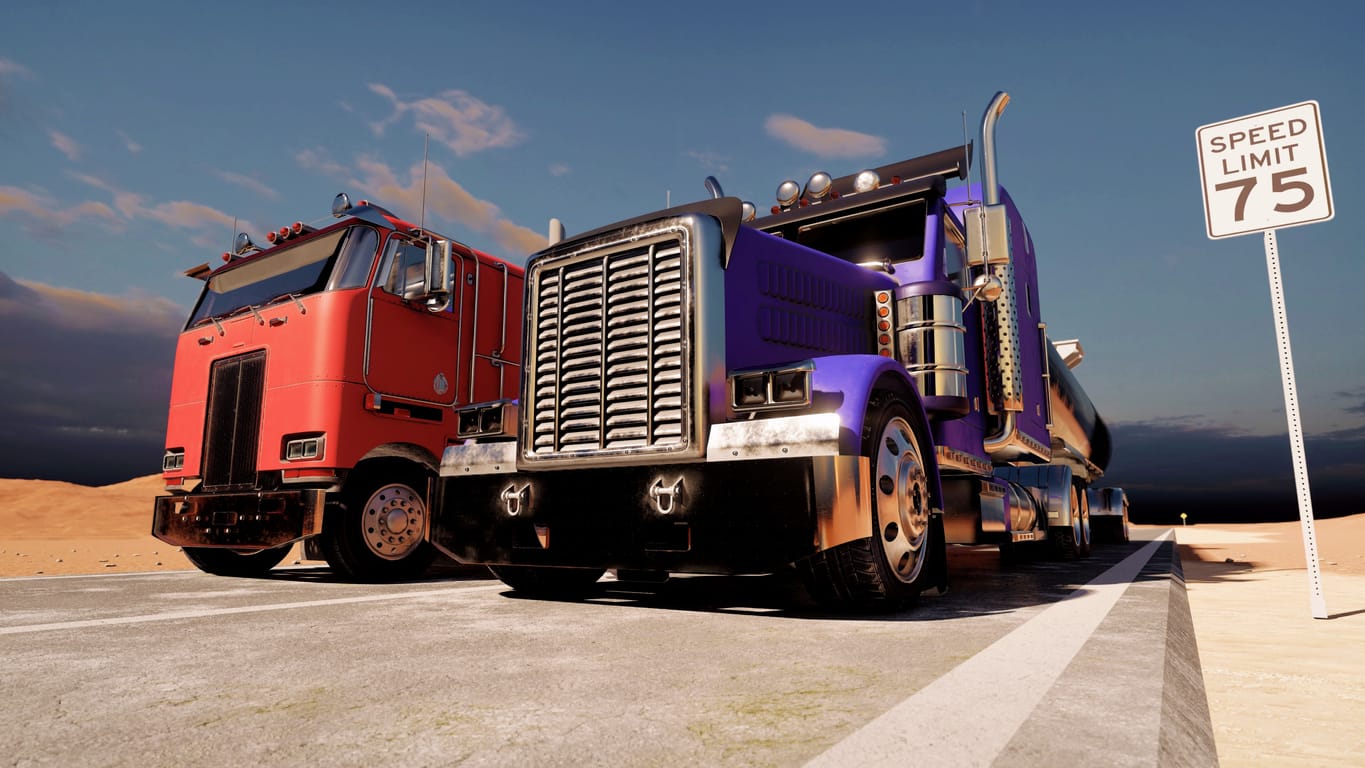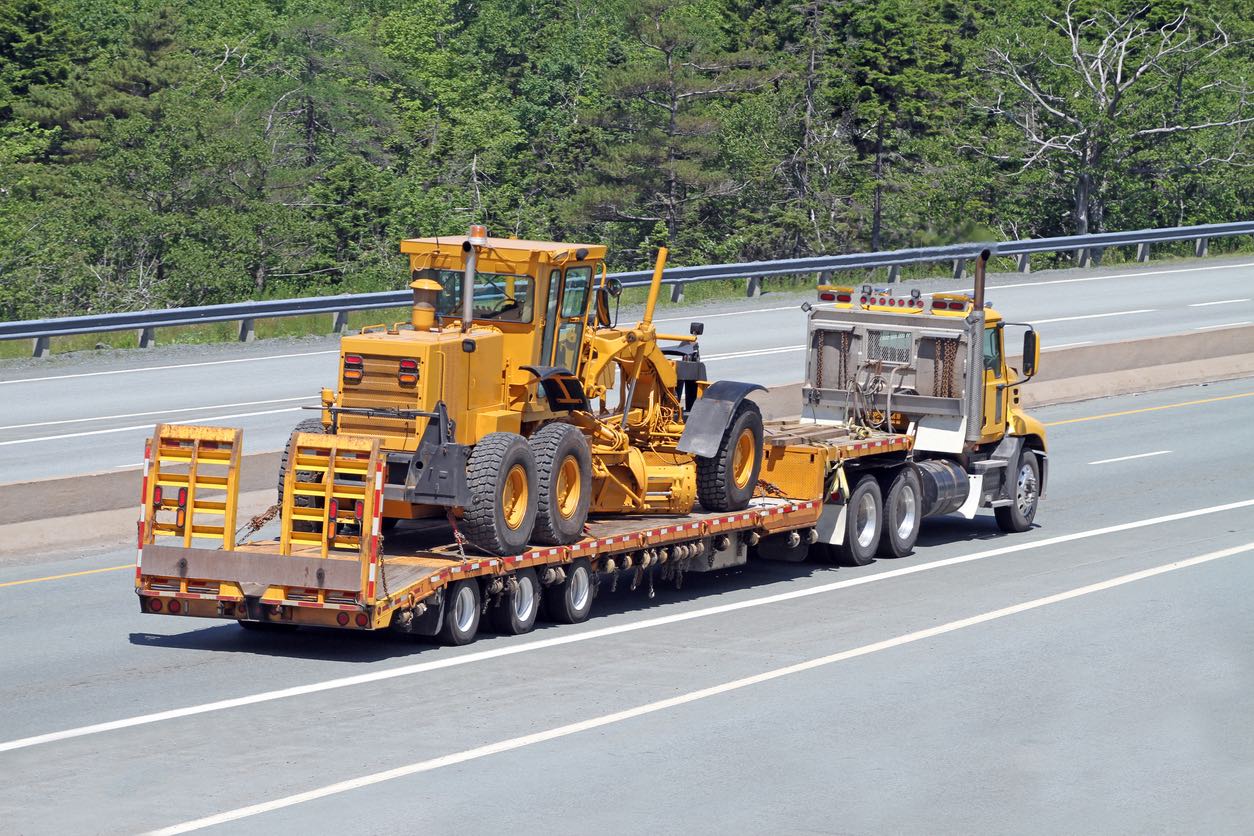Beyond standard logistics planning, navigating the complicated world of big loads in the US requires a unique set of skills and understanding. Oversized load transportation comes with its own set of difficulties, from figuring out legal limitations to making sure these enormous loads travel safely on roads and highways. This thorough reference explores the complexities of moving large cargoes across the nation safely and effectively, providing insightful information and practical tips for logistics experts and businesses trying to optimize their processes. The efficient and dependable operation of supply chains in a variety of sectors may be improved by turning the difficult work of transporting large loads into a smooth procedure with the appropriate strategy.
Additionally, the goal of the text is to clarify the key elements of transporting enormous loads, such as securing the required permits, following state-specific laws, and putting safety precautions in place to prevent mishaps and delays. Anyone involved in the logistics of transporting big loads has to be aware of these factors because they ensure both legal compliance and the safety of other drivers. With its exploration of best practices, legal requirements, and safety measures, this guide gives readers the confidence they need when entering the world of oversized and over dimensional load transportation. Regardless of your level of experience in the logistics industry, this guide provides insightful advice on how to make the transportation of large loads effective and seamless.
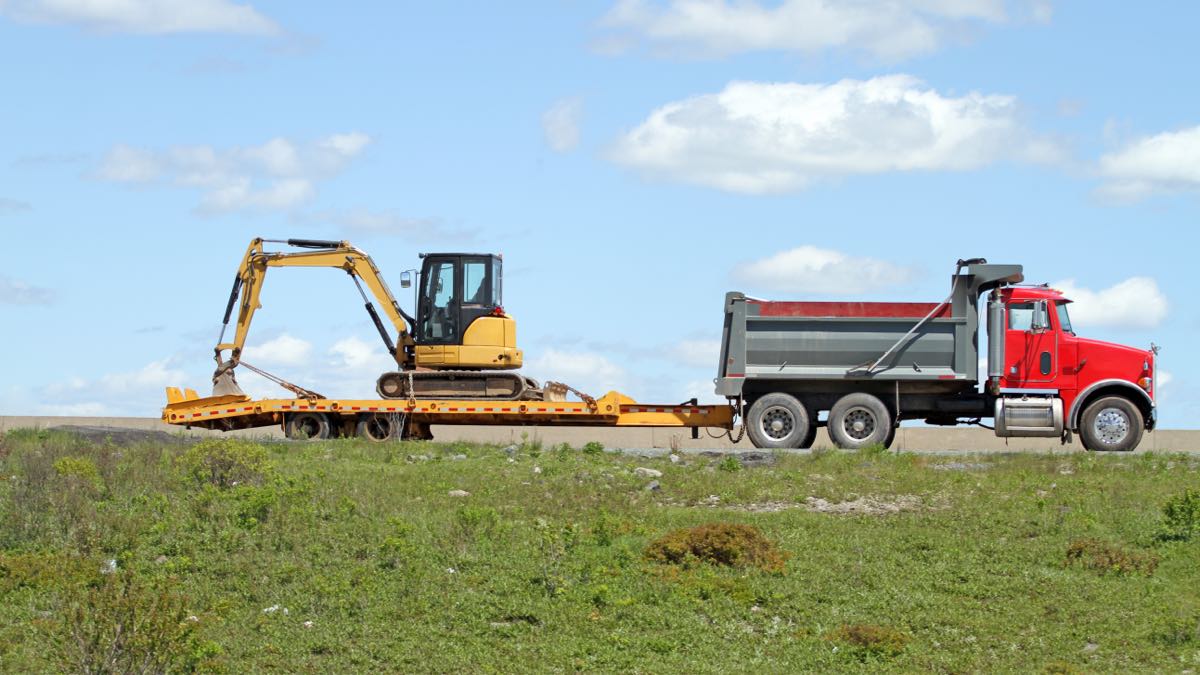
Anyone involved in the transportation of large and/or heavy items must be aware of what constitutes an oversized load. These loads need special handling and permissions since they are heavier and larger than the allowed limits for road transport. Because of the complicated regulatory environment in the US, the requirements for large loads might differ greatly between states.
Legal Dimensions and State Variations
Loads considered oversized exceed the legally permissible limits for road transportation, which are 13.5 feet in height, 8.5 feet in width, and 80,000 pounds in weight. These limitations are not uniformly enforced; rather, they vary according to state laws, underscoring the need of regional expertise in transportation planning. For example, various states may allow slightly larger or heavier weights under certain circumstances, which emphasizes the necessity for transporters to be knowledgeable about the particular regulations of each jurisdiction they work in. Because of this variety, it is necessary to have a thorough awareness of the laws governing excessive loads in order to ensure compliance and safe travel through various areas.

The world of oversized cargo encompasses a broad spectrum of items that defy standard transportation dimensions due to their exceptional size or weight. Handling these massive machines requires a deep awareness of handling and regulatory standards. This section explores several instances of oversize freight, emphasizing the unique difficulties and factors that each kind involves.
Construction Equipment: Construction equipment, which frequently includes excavators, cranes, and bulldozers, is a prime illustration of big freight. In addition to exceeding standard weight and dimension restrictions, these items require specific loading methods and routing to guarantee a safe transport to building sites.
Farm Machinery: Farm equipment, which includes anything from tractors to combine harvesters, is an essential component of big freight. Despite being essential to agricultural operations, these vehicles pose logistical challenges because of their size and the necessity to schedule their usage carefully to coincide with the agricultural seasons.
Boats: Boat transportation involves careful planning, especially for bigger yachts and commercial ships. These vessels’ widths and heights frequently surpass the usual requirements for transportation, necessitating the use of specialized trailers and transit routes to avoid low bridges and constrained highways.
Aircraft: The best examples of enormous cargo are parts of an aircraft, including wings and fuselage pieces. Precise logistics are needed to transport these components securely. This includes using specialty trailers and coordinating with authorities to arrange routes and temporarily close roads.
Large Vehicles: This group include cargo vans and large trucks, buses, and RVs that are larger than standard road transport vehicles. These vehicles must be transported while adhering to height and weight regulations, which frequently calls for permits and route adjustments to prevent damage to infrastructure.
Every kind of oversize cargo brings with it special logistical challenges, such as the requirement for specially designed trailers and the significance of carefully thought-out route planning. The importance of having specialized knowledge in the field of oversized freight transportation is shown by the ability to handle such a wide range of issues.
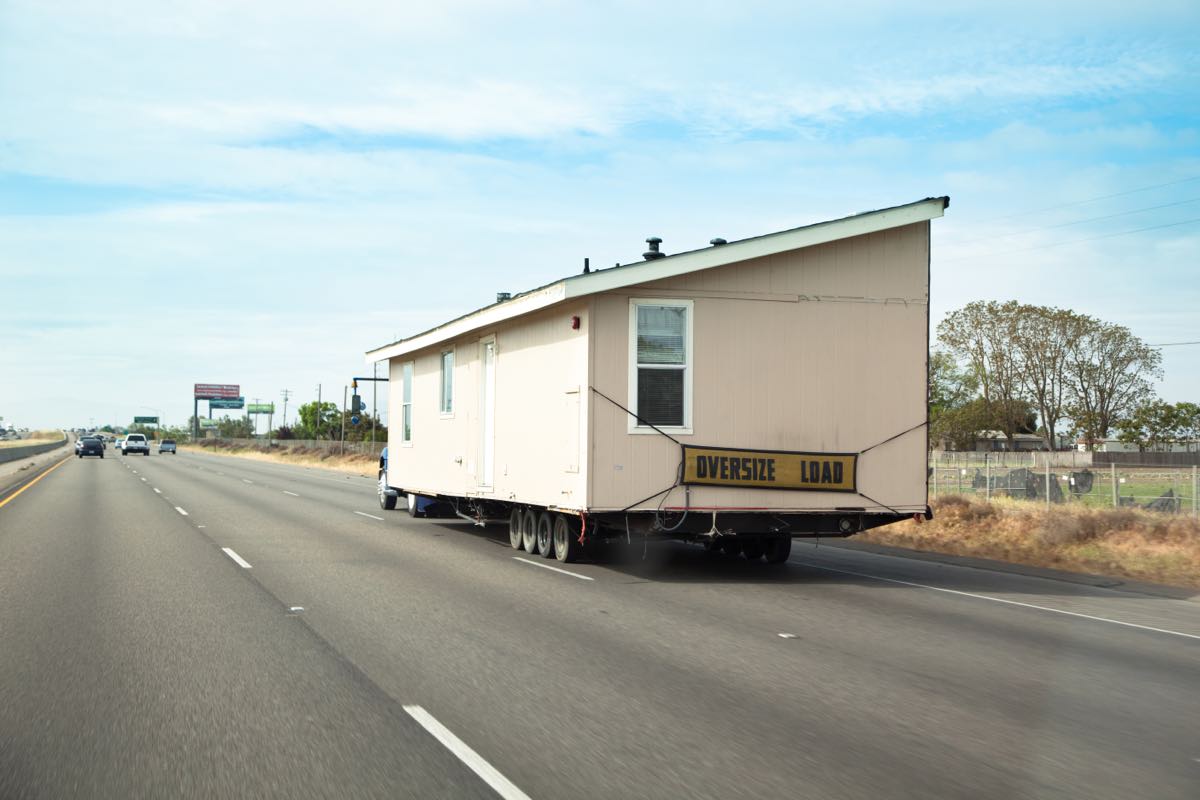
The process of transporting oversized loads is closely linked to a number of legal restrictions, which might vary greatly amongst U.S. states. These rules are in place to guarantee the security of the infrastructure, the general public, the cargo, and the carriers. In-depth discussion of these regulations’ essential elements is provided in this section, with particular attention to obtaining the required licenses and setting up pilot vehicles to ensure the secure transportation of large cargoes.
Navigating Permits and Pilot Cars
Securing the Right Permits: Obtaining permissions appropriate for the size and weight of the oversize cargo is essential before you drive. The departments of transportation in each state have certain regulations that need to be followed; noncompliance can result in heavy fines. It is imperative that carriers learn about and comprehend the permit procedure in each state that their route passes through, making sure that all documentation is correctly filled out and authorized before travel begins.
Utilizing Pilot Cars for Enhanced Safety: When loads are more than twelve feet in width or fourteen feet in height, pilot cars must be engaged. These escort cars help in maneuvering around tight curves and low-clearance zones in addition to alerting oncoming traffic to the presence of the enormous cargo. To ensure a smooth and safe ride, pilot vehicles are outfitted with lights, signs, and flags to improve visibility. Additionally, their drivers are trained to interact with the large load driver in an efficient manner. Pilot car requirements differ by state and load size, therefore it’s critical for carriers to confirm requirements well in advance of travel.
The above section offers a thorough examination of the legal requirements for moving large cargoes, stressing the need of securing the appropriate licenses and, when required, using pilot vehicles. Transporters can guarantee the effectiveness and safety of their operations, stay out of trouble with the law, and provide a safe environment for all users of the roads by following these requirements. See our prior blog post here for further details on regulatory requirements.
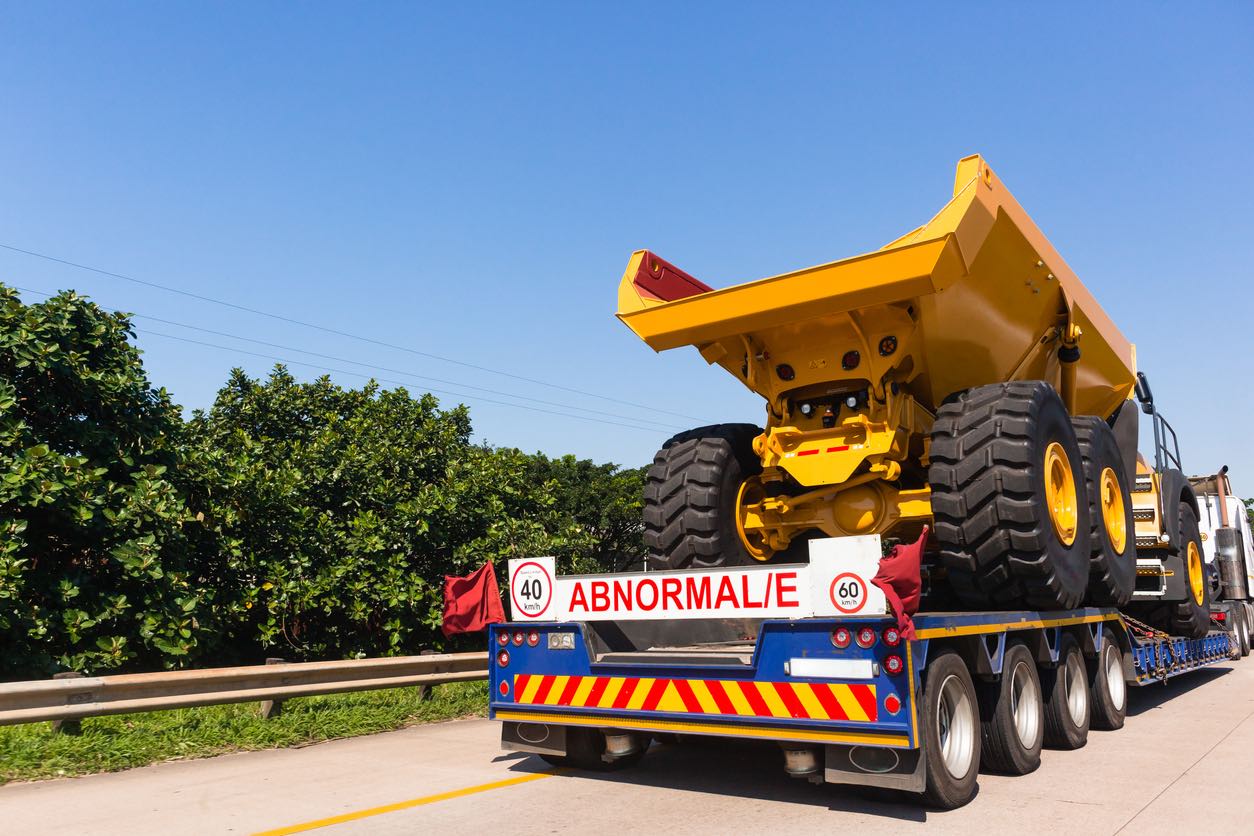
Ensuring the safety of the load, other drivers, and the transportation process is crucial while transferring large weights. Strong safety protocols improve the efficiency and dependability of the transportation process while reducing the chance of accidents. We’ll discuss the critical safety precautions that must be taken in this segment in order to ensure the safe passage of large loads, emphasizing the function of pilot cars and visibility improvements.
Ensuring Safe Transit
When it comes to the transportation of heavy loads, safety comes first. The effective use of pilot vehicles and orange flags is essential to improving the visibility of big cargoes. These actions are intended to make the road a safer place for all drivers, not just those who follow the law. Pilot cars operate as guardians and navigators, leading and occasionally following the enormous cargo through traffic and around potential impediments. Orange flags serve as a highly visible warning to other road users, signifying the presence of an oversized load. Together, they make up a formidable safety team that guarantees a seamless transit experience and works to avoid accidents.
Use of Orange Flags
Oversized loads must be marked with orange flags to alert other cars to their presence, which is an essential safety precaution. These flags are positioned at the load’s most visible locations, usually the front, back, and sides. They must be at least 18 inches square. They are hard to miss thanks to their vivid color and conspicuous positioning, which warn other drivers of the presence of an abnormally huge or broad cargo and nudge them to keep a safe distance or modify their speed.
Role of Pilot Cars
When it comes to the secure movement of large items, pilot cars, also known as escort vehicles, are essential. Depending on the particulars of the trip, they either lead or follow the enormous load, alerting other drivers in advance and assisting in guiding the load through traffic and past any dangers. Signs, flags, and occasionally flashing lights are used by pilot cars to improve their visibility. Their presence is especially important while navigating through construction zones or tight spaces like narrow roadways, as their assistance and caution can avert accidents and cause delays.
Businesses and drivers may drastically lower the likelihood of accidents by including these safety precautions in the transportation strategy for big cargo. By ensuring the safety of all users of the road, these measures not only safeguard the cargo and transportation equipment but also preserve traffic flow and minimize potential interruptions. When it comes to moving large items, safety is a shared duty that necessitates following best practices and paying close attention to details.
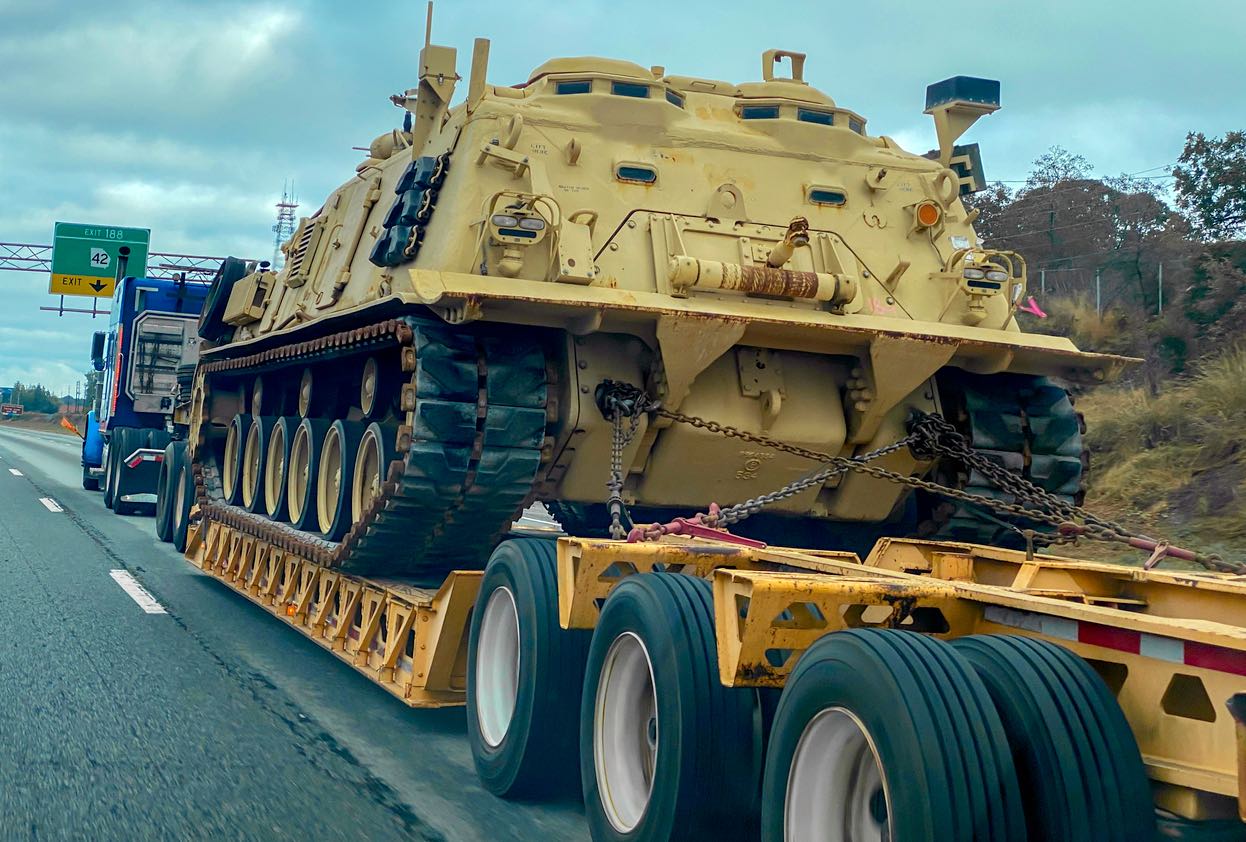
The phrases “wide loads” and “oversized loads” frequently cause misunderstanding in the intricate world of logistics and transportation. Anyone working in the shipping and transportation sector has to be aware of the differences between these two groups. By dissecting these words’ distinctions and emphasizing the unique laws that regulate them, this section seeks to demystify complex concepts.
Understanding the Distinctions
Particularly, wide loads are ones that are larger than the permissible width restrictions imposed by national and state transportation laws. This categorization usually begins at a width of more than 8.5 feet, which means that extra care and licenses are needed to guarantee safe passage on public roads. On the other hand, oversize loads cover a wider variety of measurements, such as breadth plus height, length, and weight exceeding normal legal limitations. Although all broad loads are considered enormous loads because of their breadth, tall, long, or heavy loads that may not always exceed the typical legal limit are also included in the oversized category. Because various types of loads require separate licenses, escort cars, and routing to adhere to safety standards and regulations, this separation is crucial for logistical planning.
The transportation of large and huge cargoes is made more difficult by the fact that state laws governing them might differ greatly. The usage of pilot cars or escort cars is frequently required for broad loads, particularly when the load surpasses specific width standards. These escort cars are essential for safely navigating large loads past obstructions and through traffic. They also aid in letting other drivers know that a large cargo is there. Similar safety measures may also be necessary for oversized cargoes, depending on their particular dimensions and the states through which they are being carried. In addition, to improve their visibility on the road, both kinds of cargoes frequently need to be clearly marked with flags or banners.
Comprehending these differentiations and rules holds significance beyond academia; it bears pragmatic consequences for the logistics sector. Ensuring compliance with all applicable rules, expediting the permitting process, and ultimately conserving time and money may all be achieved by accurately designating a cargo as broad or excessive from the start. In addition, it reduces the possibility of delays or fines for noncompliance, which makes it an essential part of effective logistics management.

This is the end of the trip through the difficulties of oversized load transportation inside the United States, but the path forward is now more obvious and less intimidating. We have thoroughly examined the essential components of this specialized industry, illuminating the crucial legal definitions, state-specific regulations, and essential safety procedures that guarantee these enormous loads arrive at their destinations undamaged. With this information at your disposal, managing the regulatory environment becomes more about strategic strategy and execution than it does about breaking through obstacles. It is impossible to overestimate the importance of comprehending these rules; they serve as the foundation for the safe and effective transportation of large goods, guaranteeing that every trip from point A to point B is not only successful but also complies with all applicable regulations. Remember that every journey is an ode to the careful planning, comprehension, and observance of laws that maintain our roadways safe for all users as the nation’s highways and byways continue to throb with the passage of large cargoes.
Ship A Car, Inc. (SAC) stands itself as the industry leader in the competitive freight and car transportation market, particularly in the area of handling big loads. This difference is not only a declaration; rather, it is a truth supported by a strong history of putting safety first, ensuring effectiveness, and providing unmatched customer pleasure. A stellar array of five-star testimonials from pleased customers and an A+ Better Business Bureau rating support SAC’s stellar reputation (BBB). These honors are the result of SAC’s continuous commitment to understanding and surpassing the particular requirements of every customer, exhibiting a degree of proficiency and devotion that distinguishes them from the competition. SAC is prepared to provide customized solutions that guarantee not only delivery but also the assurance that your freight is in the most capable hands, regardless of the logistical challenges associated with moving construction equipment, big vehicles, or any other oversized cargo. Click here for a quote or call (866) 452-3657.
Q: What are the legal dimensions for oversized loads?
A: Although these restrictions might vary from state to state, oversized loads are defined as those that are greater than 8.5 feet in width, 13.5 feet in height, or 80,000 pounds in weight.
Q: How do I obtain a permit for an oversized load?
A: In order to get permits, one must go via the state departments of transportation, and the procedures differ depending on the area and the load size.
Q: What safety measures are required for transporting oversized loads?
A: The utilization of orange flags and pilot cars are two of the safety measures that are implemented to improve visibility and guarantee a safe journey.
